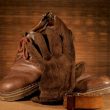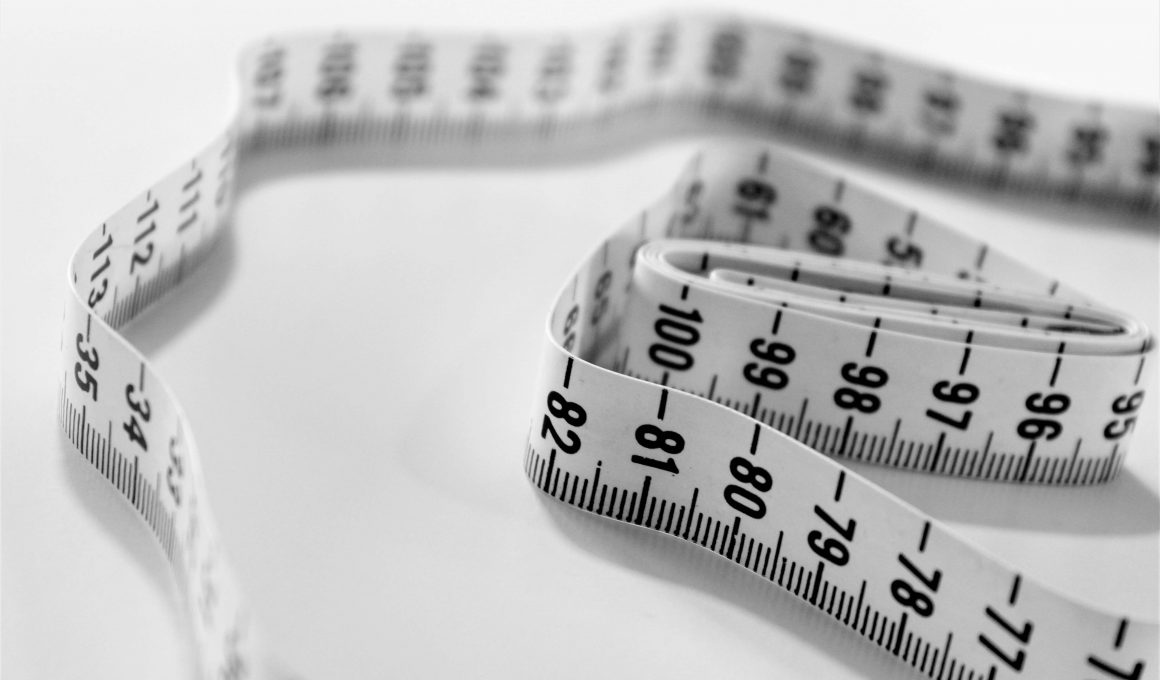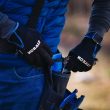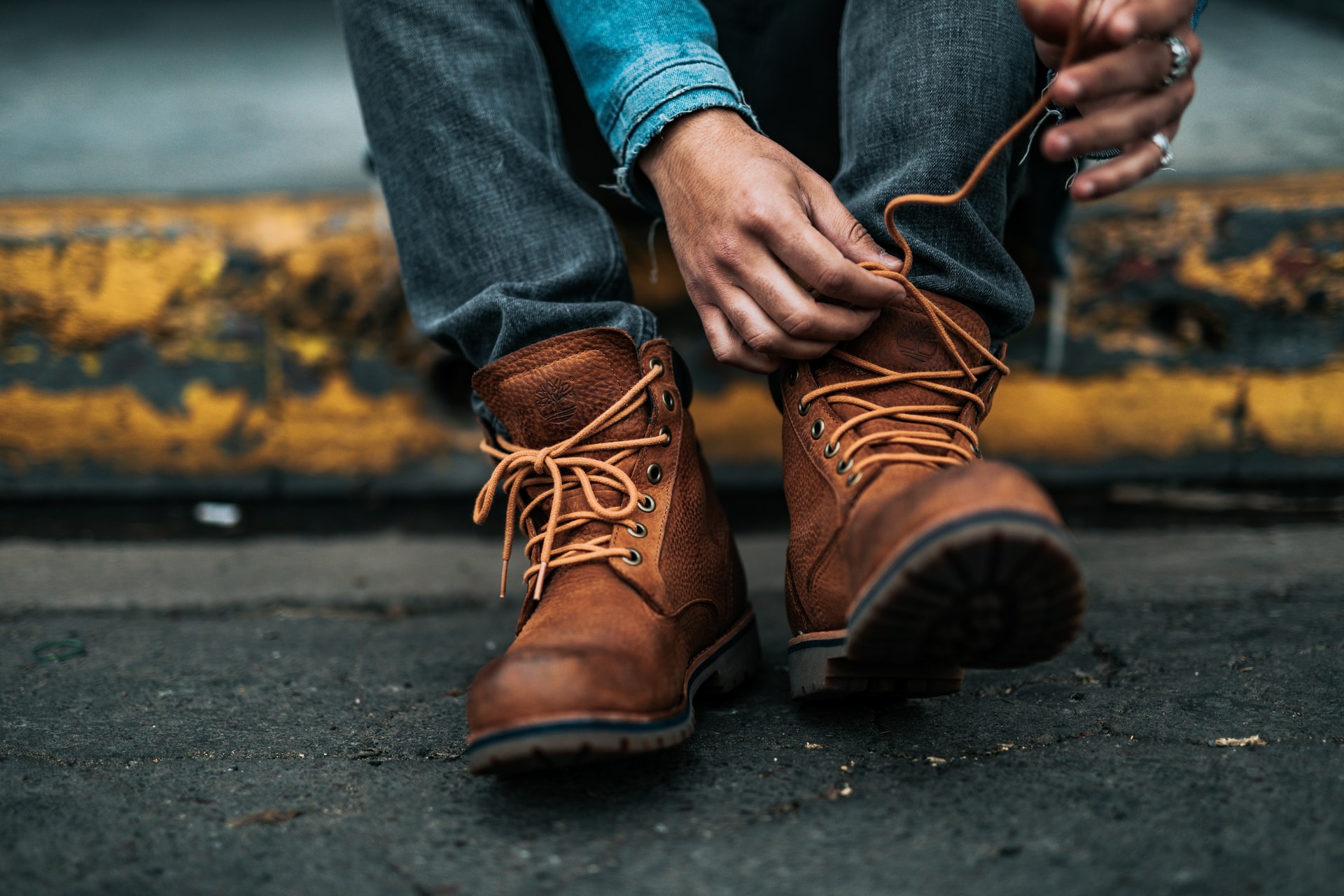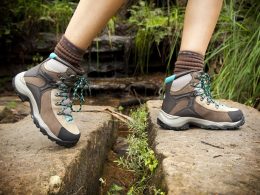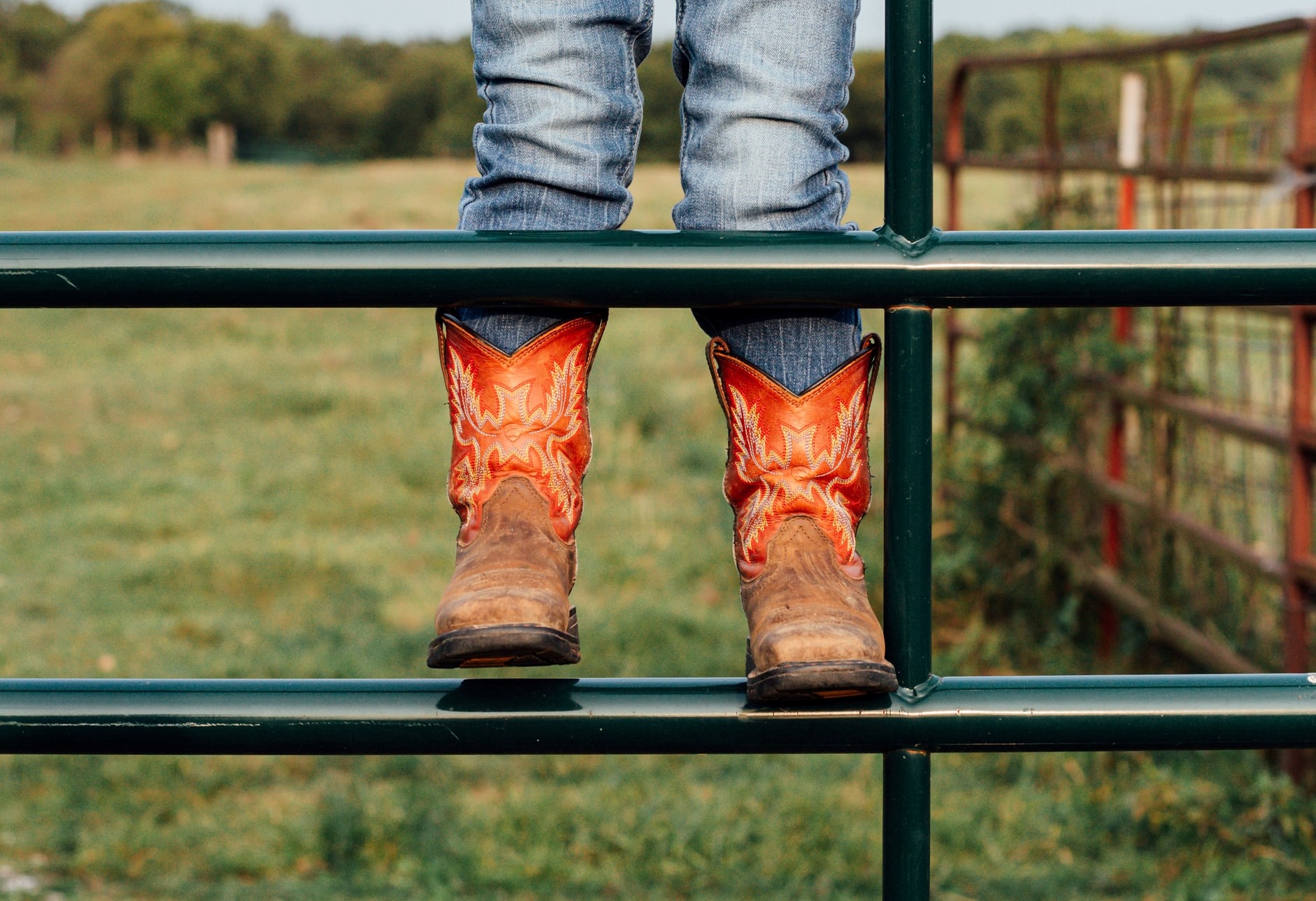Workwear Guru is reader-supported. When you buy through links on our site, we may earn an affiliate commission. Learn more
When you consider buying a certain pair of boots, knowing the boot shaft measurements can help you pick the right pair. Many boots manufacturers list the measures of their products on their websites or catalogs to make shopping easier for you.
Maybe you are thinking about what a shaft is and how you measure it. Identifying the boot shaft and knowing how to measure it can be a little tricky, but we are here to help you. After reading this article, you will be able to identify each part of the boot shaft and how to measure it precisely, so it will be a lot easier for you to choose the proper boots to buy.
What Is a Boot Shaft?
A boot shaft is the boot’s upper part, which starts from the ankle/the part above the heel, and raises above your calf to the top of the edge. The tube-shaped part opens up and allows your feet to get inside the boot.
The boot shaft will protect the lower part of your leg from hazards, dirt, and different weather and environmental circumstances.
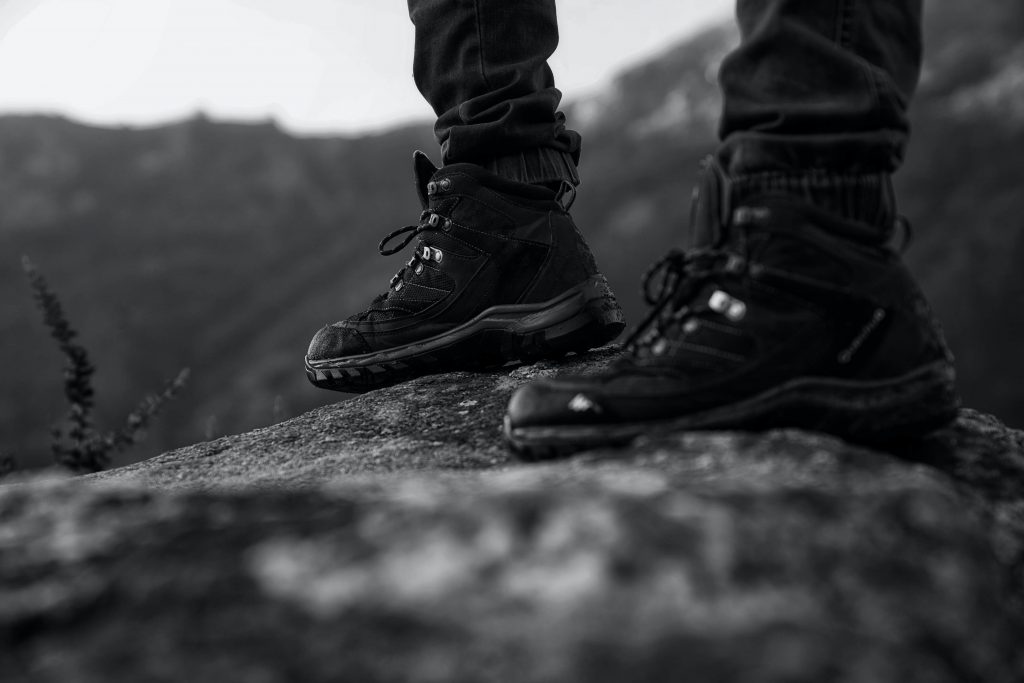
How does the boot shaft affect leg comfort?
Your shoes need to look good and fit well, feel comfortable, and protect you on the worksite. A shoe that is good fitting is comfortable.
The boot shaft should be loose enough to let your feet breathe and move comfortably. If it’s too big, it will cause slippage and blisters. On the other hand, if it is too tight, it will limit your ability to move, cause your feet chaffing, irritation, and cut blood circulation.
There is a general rule called the rule of the thumb. You should have about half an inch of space between your ankle or calf and your boot shaft. So, if your ankles are 12 inches, the shaft circumference of your boot should be 12.5 inches wide.
Below you can find the best ways to measure your boots, which will help you find the pair that fits your feet best.
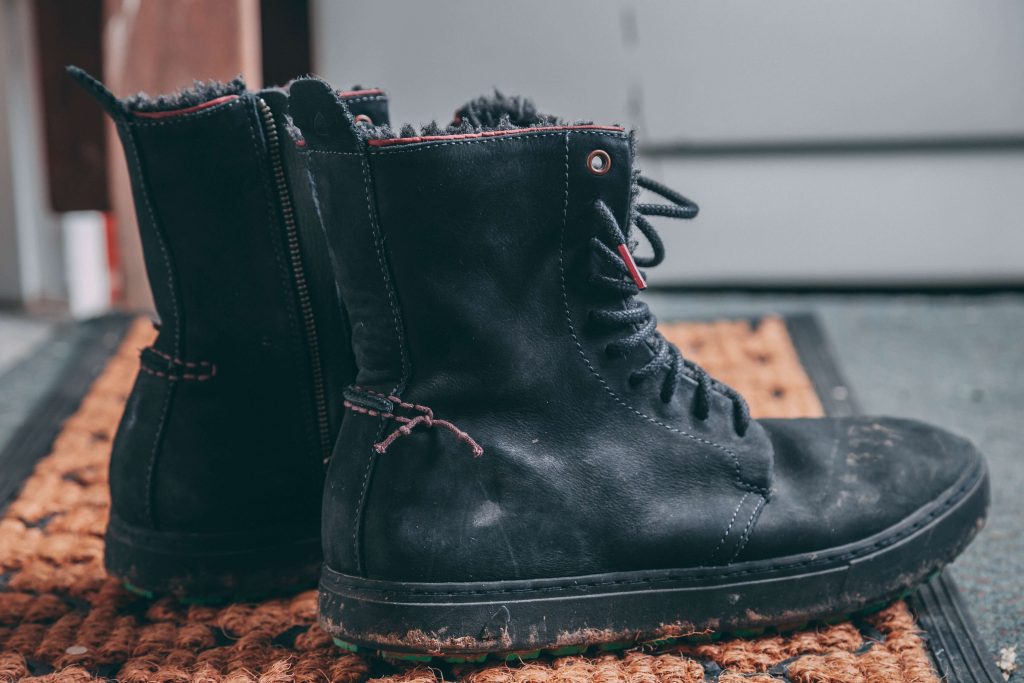
3 Ways of Measuring a Boot Shaft
Boot shafts are usually measured at the back of the boot. They are very variable and span between 3 and 8 inches (7.6 to 20.3cm).
Engineers, electricians, contractors, and woodworkers usually buy six-inch work boots. But some other occupations require a slightly taller work boot (eight-inch), such as farmers, plumbers, loggers, mechanics, etc.
No. 1: Measure the height of your boot
The boot shaft heights may vary notably. In ankle boots, they can be 3 to 6 inches, and in over-the-knee boots, they can go up to 18 inches or even taller.
To measure the height of your boot you need a ruler or a measuring tape. The boot shaft starts directly above your boot sole (heels are excluded). Place the end of the measuring tape directly above the boot sole, and extend it vertically alongside the boot, from the sole up, until you reach the top of the shaft.
If you are shopping online for a pair of boots, note that some sellers might include the heel in the measurements listed. That way, you have to measure them from the begging and count the heel.
No. 2: Measure boot shaft circumference
The circumference is the measurement around the boot’s shaft at the largest part of the calf. Most often, it will be in the opening of the boot. To measure it, you will need a flexible tape measure.
To get your circumference measurement, place the tape at a point in the widest part of the shaft. Starting at the zipper can be a good idea. Wrap your tape measure around the boot’s shaft and see where it meets with the starting end. Read the measure at the point where the tape meets, and that is the shaft circumference.
Keep the tape you measure straight and parallel to the ground to get the correct measures. If it moves even slightly, the measures can get significantly off.
If your boot’s calf circumference and ankle circumference differ, do this process in different parts of the boot.
No. 3: Compare boot shaft measurements with your leg measurements
After you have taken the correct measurements of your boots, it’s time to get the measurements of your leg and make a comparison.
Sit comfortably and relax your muscles with your foot flat on the ground. Your knee would bend down at a straight 90-degree angle. Sitting this way is the most precise position for your leg.
Measure the back of your leg, starting by placing your measuring tape at the bottom of your heel, extending your tape going up your knee, and stopping right below your kneecap. Compare the measurement you get with the measurement of your boot shaft height.
The next step is to measure your calf. To do so, start by locating the widest part of your calf and place the measuring tape there. Wrap the tape around your calf until it meets the starting point.
Finding the Right Pair of Boots With the Right Boot Shaft
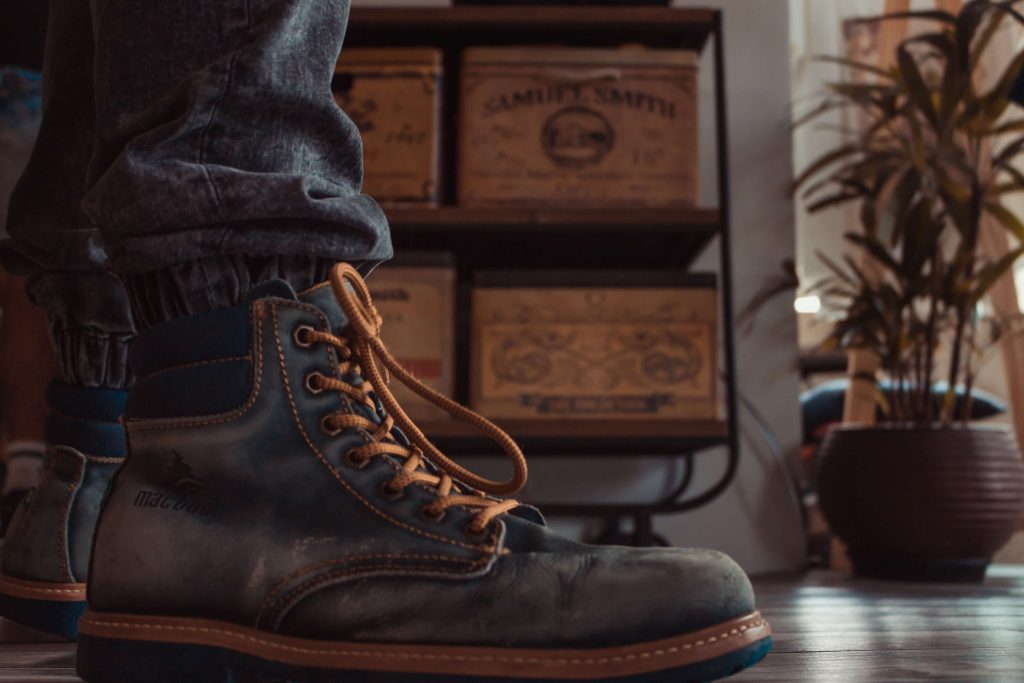
After measuring your boots and your legs and feet and comparing the measurements you have, you will know exactly how much of your leg will be protected by the boot and if the boots will fit well with your calves.
There is no correct boot shaft height or precise measurements you need to follow. It is mostly a matter of personal preferences and taste. Anyhow, there are a few tips you can keep in mind while looking for the pair of boots you want to buy.
If the shaft of the boot end right below your knee, there is a chance that it is going to pinch your skin when you sit. If you have wider calves, a good tip is to look for shorter boots or ankle boots so that they end below your calves. Your height is also something you may want to consider. Shorter legs usually look better with shorter shafts, and taller legs go with taller shafts.
Final Thoughts
Measuring your boots with these methods is very beneficial if you have already have a pair of boots that fit you well, and you want to re-purchase some in the same height and size, or you want to compare them to taller or shorter boots to see what you like.
It might look like a lot of work, but you will get the hang of it pretty fast and get the correct measurements of your boot in no time.



